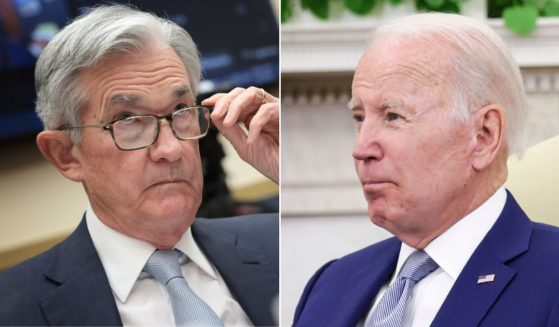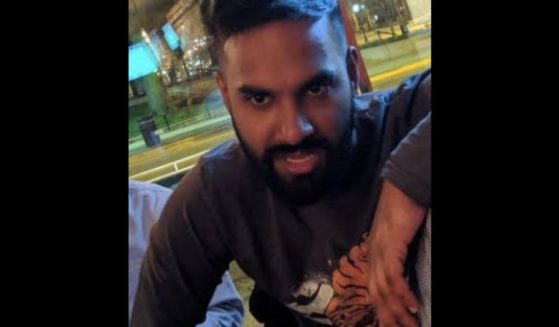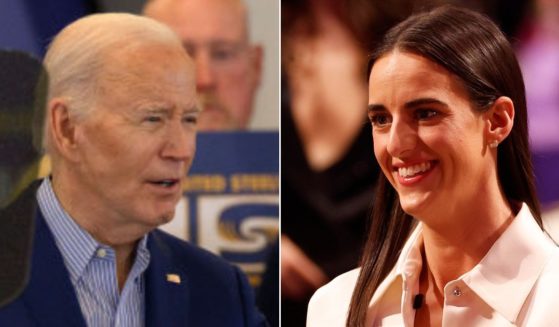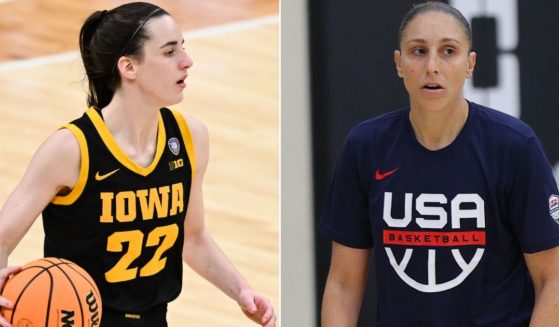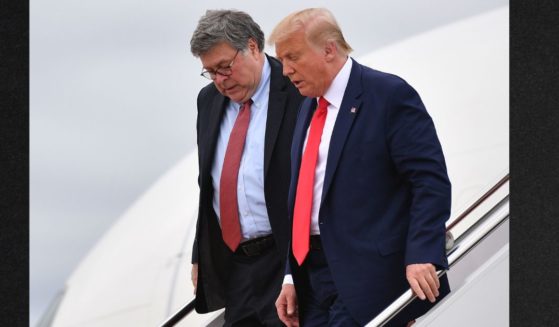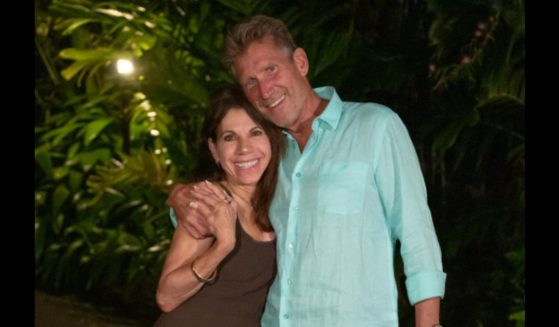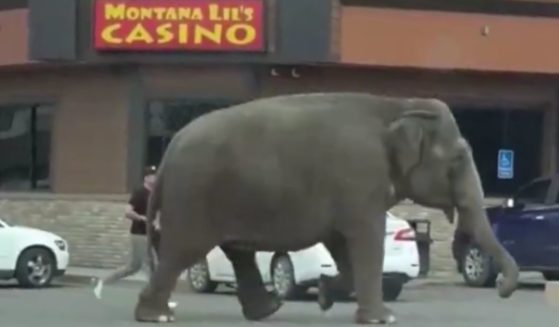Pfizer's COVID Vaccine Scores Resounding Victory at FDA with Approval Just Around the Corner
Documents released by U.S. regulators on Tuesday confirmed that Pfizer’s vaccine is strongly protective against COVID-19 and appears safe, offering the world’s first detailed look at the shots.
The positive review from the Food and Drug Administration sets the stage for a decision allowing the vaccine’s initial use within days.
FDA regulators released their analysis as Britain began vaccinating its oldest citizens with the shots, which were developed by the American drugmaker and Germany’s BioNTech.
The U.S. judges experimental vaccines in a unique way.
On Thursday, the FDA will convene what’s essentially a science court that will publicly debate just how strong the data backing the shots really is. That public vetting is considered key to bolstering confidence in the shots ahead of what’s expected to be the largest vaccination effort in U.S. history.
A panel of independent scientists will pick apart the FDA’s review before deciding whether the vaccine appears safe and effective. The FDA typically follows the committee’s advice.
If it gives the green light, the first recipients would be health care workers and nursing home residents, according to plans laid out by each state.
Pfizer CEO Albert Bourla declined to predict how quickly FDA might issue a decision.
“They need to take as much time as they need to feel comfortable. It’s very important for the trust of the vaccine from the people,” he said at a news conference in Geneva.
It’s one of several vaccines being tested in the hope of ending the pandemic. The FDA later this month will consider a COVID-19 vaccine by Moderna and the National Institutes of Health.
Pfizer and BioNTech previously reported that the shots appeared 95 percent effective at preventing mild to severe COVID-19 in a large, ongoing study. That’s based on the first 170 infections detected. Only eight of the infections were among volunteers given the real vaccine, while the rest had received a dummy shot.
FDA’s reviewers agreed that the shots were strongly protective. And they worked about as well in the elderly, too, a group of special concern.
Among volunteers over age 55, there were three cases of COVID-19 in those who were vaccinated and 48 in placebo recipients. Five of the cases were among people 75 or older, and all had received the dummy shots.
While the FDA noted that protection begins to kick in two weeks after the first dose, full protection wasn’t calculated until after the second dose. No one yet knows how long that protection lasts.
“We’re looking at the best possible data,” Dr. Paul Offit of Children’s Hospital of Philadelphia and an FDA adviser said. “People worry, reasonably, how about six months later?”
In the two months in which volunteers have been tracked so far after the second dose, FDA’s reviewers said protection hasn’t begun waning.
FDA reviewers also said the vaccine has “a favorable safety profile, with no specific safety concerns” that would prevent a decision to allow emergency use.
The main side effects are injection-site pain or flu-like reactions. Those tend to last a day or two and are most common after the second dose.
More than half of adults under 55 experienced fatigue or headache, about a third reported chills or muscle pain, and 16 percent had a fever. Older adults were less likely to experience those reactions, and the FDA said they were considered severe in less than 5 percent of participants.
The FDA found no serious side effects among the more than 37,000 volunteers who’ve been tracked for at least two months after their last dose, the time period in which any vaccination problems historically appear.
Some vaccine recipients experienced appendicitis and three developed Bell’s palsy, a temporary facial paralysis, during the study, but the FDA said they occurred at rates common in the general population.
The study excluded volunteers with prior diagnoses of COVID-19, but researchers were anxious to learn how the vaccine would work in people who’ve already been infected and didn’t know it. Only 3 percent of study participants fell into that category, according to blood samples taken when they enrolled.
There’s little data from that small subset of volunteers, but the FDA reviewers noted that previously infected people can be at risk of reinfection “and could benefit from vaccination.”
Another key question: How protective is the shot against severe cases of the disease?
Four of the study’s 170 confirmed COVID-19 cases were severely ill, and only one of them had received the vaccine instead of dummy shots. That participant was only classified as a severe case because of temporary low oxygen and wasn’t hospitalized.
Studies in children as young as 12 are just beginning.
The Western Journal has reviewed this Associated Press story and may have altered it prior to publication to ensure that it meets our editorial standards.
Truth and Accuracy
We are committed to truth and accuracy in all of our journalism. Read our editorial standards.



